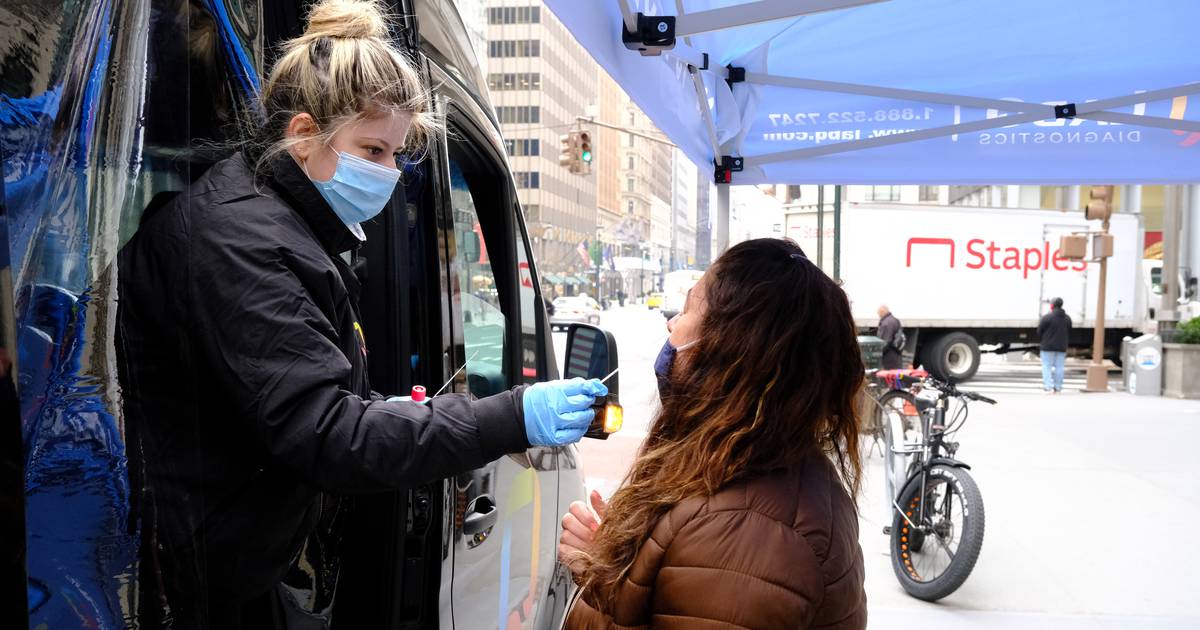Infection
COVID mitigation make sense whether or not it’s a pandemic
If you or someone you know now has COVID (often again), you’re not alone. Infections are ticking back up, with the 7-day average of confirmed and probable infections recorded by the city breaking 700 around mid-August for the first time in months, along with a corresponding increase in hospitalizations.
That’s the bad news, but the good news is that we are much better prepared than we’ve ever been before to keep the numbers from skyrocketing. One potential positive shift in this new post-pandemic world might be a public that doesn’t think of infectious airborne disease as something that simply happens to us, inevitably, to the point of having seasons where cold or flu are practically expected, only taking focused action when it reaches the level of public health emergency.
Obviously, COVID presented a much more grievous risk than a cold, but now that infections are climbing as the virus becomes endemic and our precautions wane in tandem with rising vaccinations, we don’t have to simply accept that getting COVID or RSV or anything else is a normal part of life. Everyone is now much more familiar with mitigation against respiratory illness and, if you noticed that you happened to not get your regular cold those COVID years, it’s because the steps we took to combat COVID worked for preventing all sorts of other ailments, too.
Does that mean we should close down schools and avoid public gatherings to prevent new COVID infections or the flu? Of course not, but one of the unfortunate upshots of the extreme politicization of public health has been the description of mitigation as all-or-nothing. Either we have shutdowns or everyone breathes directly on each other in a crowded room. In reality, we should get comfortable living somewhere in between.
That might mean pushing to reinstate government funding keeping COVID tests and boosters free after it’s largely fallen by the wayside, not because it’s a crisis, but because it’s a good investment and a way of actually preventing a crisis. It might also mean choosing as an individual to wear a mask during upticks in infections, skipping out on social events if you’re feeling sick, and pushing for employers to be more flexible about workers staying home when sick. Grabbing a mask on your way out the door if you’re not feeling 100% or are headed somewhere packed can become as second nature as grabbing an umbrella if it’s looking rainy.
Let’s not forget that contending with COVID hasn’t produced a definitive victory but an arms race, one in which a particularly nasty emerging variant could crash through the protections we think we’ve established. In fact, the current uptick seems to be driven largely by a new variant that can better evade vaccine protections, and the jury’s still out on exactly how dangerous it is. Why open up that avenue of attack when some common-sense steps can decrease the risk that these variants will emerge in the first place?
On that front, it’s good that the city continues to offer testing and vaccination for free, making it now an outlier nationally. Yet these tools are only as good as their utilization, so it’s on everyone to do their part. No one likes getting sick, after all.

